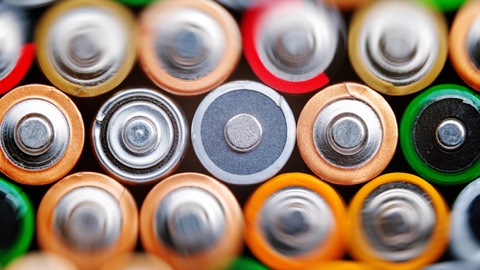
Lockheed Martin has announced that in a little more than a year it expects to launch a new “flow” battery made of inexpensive, non-toxic materials that can help utilities save money and use more renewable energy.
“You open up a chance not only to make renewables more marketable and more useful, you might even change the structure of at least a portion of the utility market,” Leo Mackay, a senior vice president for sustainability and ethics at Lockheed.
Flow batteries are a type of rechargeable battery where rechargeability is provided by two chemical components dissolved in liquids contained within the system and most commonly separated by a membrane. This technology is akin to both a fuel cell and a battery – where liquid energy sources are tapped to create electricity and are able to be recharged within the same system. One of the biggest advantages of flow batteries is that they can be almost instantly recharged by replacing the electrolyte liquid, while simultaneously recovering the spent material for re-energization.
“The challenge with existing flow batteries is that they lean heavily on materials like vanadium and zinc bromide which are extremely expensive and toxic,” stated Frank Armijo, Lockheed’s vice president for energy initiatives. “Ours is neither of that.”
Utilities have always had to rely on large power plants for generating electricity during peak hours. Mackay said flow batteries could eventually help utilities become less centralized and more site specific.
Researchers from Harvard University also developed an inexpensive, non-toxic flow battery last year. They claimed the highest storage retention rates ever reported. Lithium ion batteries cannot survive 1,000 complete charge/discharge cycles. Using energy storage, the Harvard prototype could subsequently withstand more than a decade of equivalent cycles.
